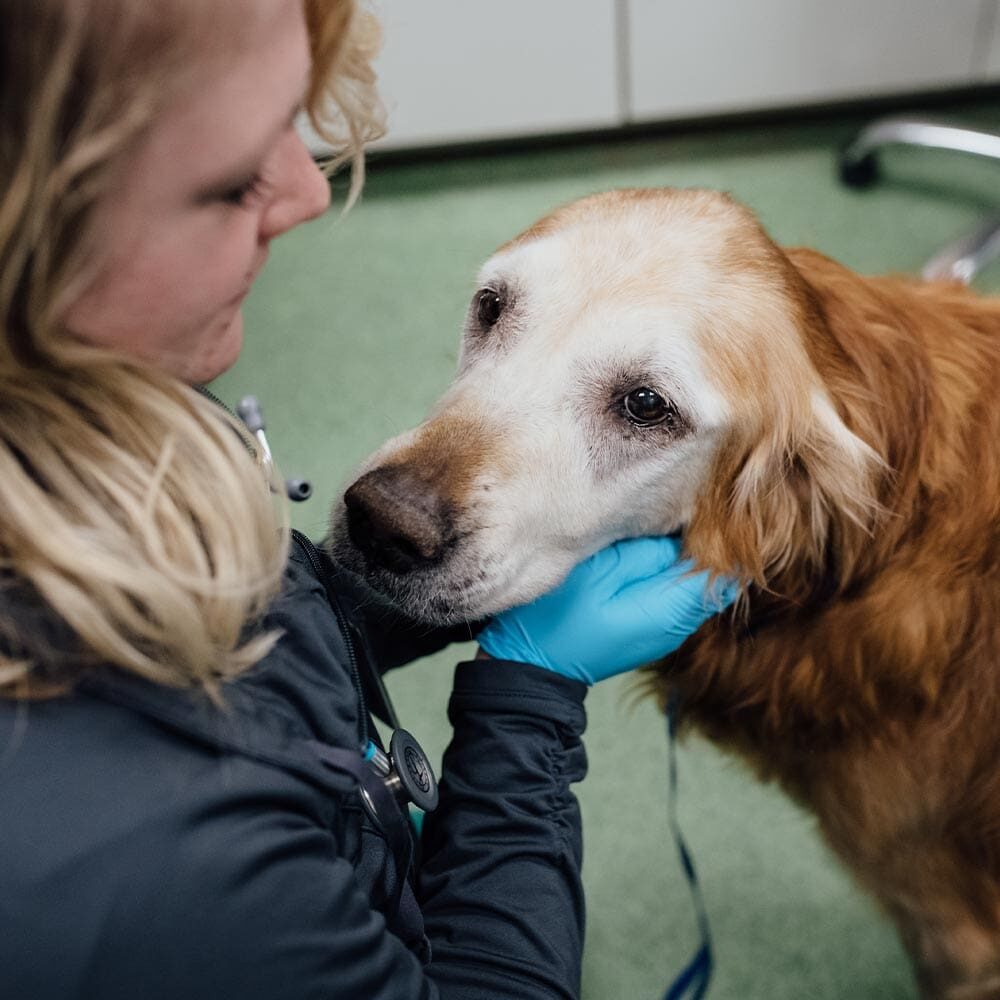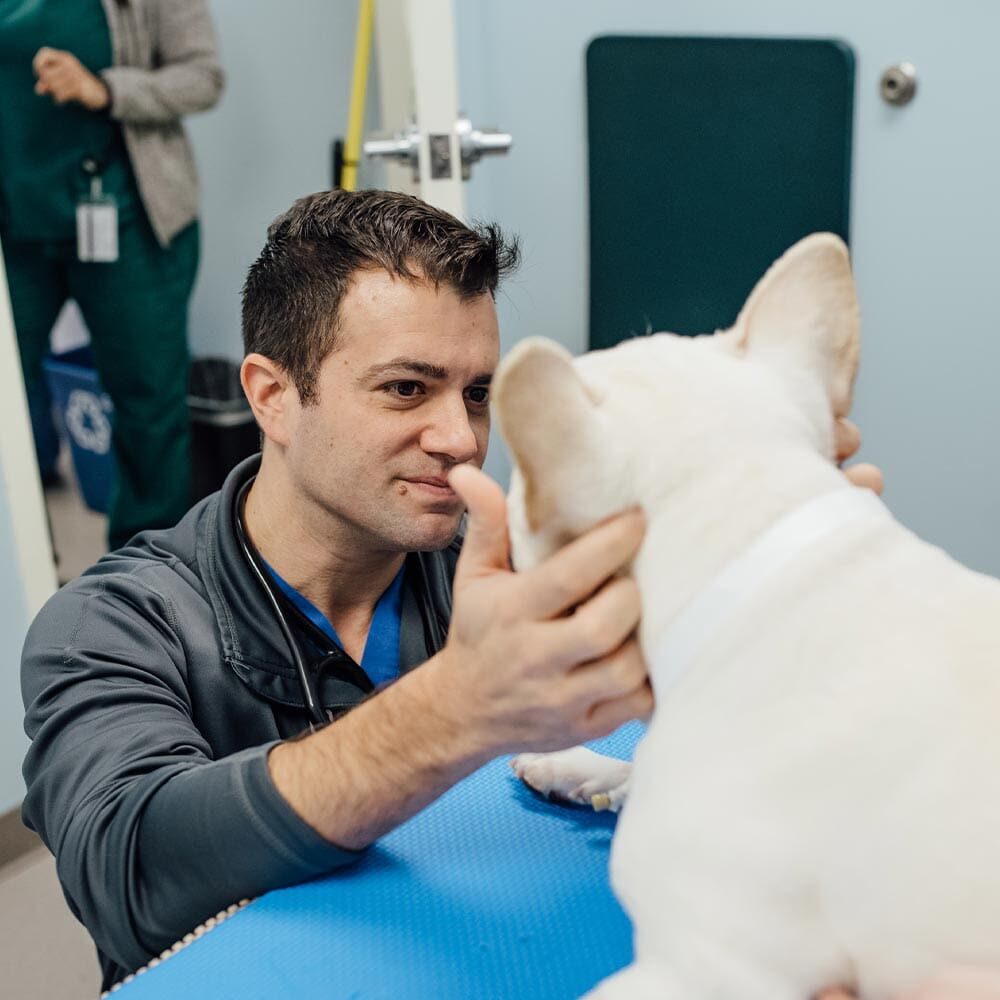Hepatic microvascular dysplasia (MVD) is a congenital disorder of the small vessels of the liver. MVD is a common second component of portosystemic or portocaval shunts (PSS), in which one of the major blood vessels of the liver does not form properly. MVD can occur in many patients without concurrent PSS.
What Causes MVD?
MVD is a congenital, inherited genetic disorder. This means it is carried along family lines. It is more common in small-breed dogs. The blood vessels of the liver are similar to the branches of a large tree, extending out from a common trunk called the portal vein. In MVD, branches attenuate too rapidly resulting in diminished blood supply to some of the areas of the liver. Since this anomaly occurs during fetal development, the result can be a smaller-than-normal liver because of the reduced blood supply. The severity varies from patient to patient.


Clinical Signs
MVD can vary in severity from very mild disease, with slight elevations in liver function tests but no concurrent clinical signs, to severe disease, in which patients develop liver failure early in life. Patients with severe disease may have stunted growth, appear thin and unthrifty, and have poor appetites, confusion, dementia, and sometimes seizures. Some patients will have fluid accumulation in the abdomen due to poor liver filtering function.


Diagnosis
The diagnosis of MVD can only be made with a liver biopsy. Blood tests of liver function (serum chemistry profiles, pre and postprandial bile acids tests, and protein C), are used as screening tests for MVD. When trying to distinguish between PSS (for which there are surgical options) and MVD (for which there are no surgical options), determining if a patient has normal protein C activity is helpful as it is a strong indication that MVD is the problem.
Treatment
There is no definitive treatment for MVD. Large vascular anomalies such as portosystemic shunts (PSS) can be surgically corrected in most cases, but MVD cannot be corrected with surgery. If a patient has concurrent PSS and MVD, correcting the PSS can improve the liver function and lessen the severity of signs of the MVD.
Management of MVD is aimed at reducing the workload of the liver. This is accomplished by feeding a lower protein diet and minimizing the use of drugs that are metabolized or toxic to the liver. If your pet is suspected or has been diagnosed with MVD, it is important to discuss all diet and medication choices with your primary care veterinarian or a veterinary internal medicine specialist.
Prognosis
For many patients with MVD, monitoring and minor adjustments in diet and medications will result in a normal quality of life and life span. Other patients have a more severe form, require more medical care, and have a diminished life expectancy.


Long Term Follow-Up
Patients with hepatic vascular anomalies are generally evaluated and followed by the internal medicine specialists at Veterinary Specialty Center. Patients with mild forms of MVD that do not have a significant loss of liver function receive recommendations about diet, medications, monitoring, and long-term precautions, but may not necessarily need frequent rechecks at Veterinary Specialty Center.
Patients who have a significant loss of liver function generally are closely monitored over time for lab tests and medication adjustments. Because decisions about changes in medication are based on observations made during the physical exam in addition to other testing, we recommend that follow-up for this disease be done at Veterinary Specialty Center. All routine preventive care should continue with your primary care veterinarian.

